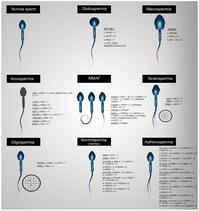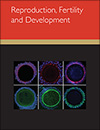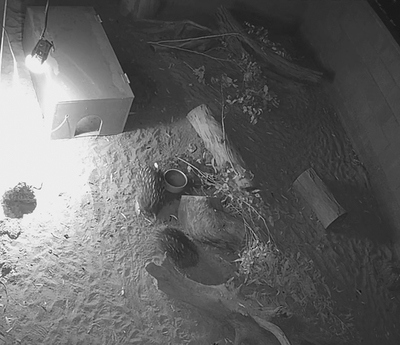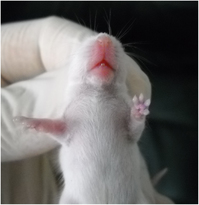Reproduction, Fertility and Development
Volume 34
Number 14 2022
Male infertility (MI) is known to be an issue for many couples worldwide. Although it is believed to be common among Arabs, there are dearth of studies related to the genetics of MI among Arab patients. It has been established that hereditary factors play an important role in infertility onset. Our aims in the study were to explore the genetic factors that contribute to MI, analyze the genotype-phenotype correlations, and identify the distinctive genetic susceptibility profile of Arab patients with MI. Arab patients with MI showned both shared and unique genotype-phenotype correlations.
Important aspects of echidna reproductive behaviour are unknown, compromising captive breeding success. The frequency that males express ‘urogenital sniffing’, ‘rolling’ and ‘copulation attempt’ toward the female can indicate that copulation has likely occurred. When female echidnas are pregnant, an increase in pacing behaviour, reduced feeding time and a lack of eating can indicate impending egg laying. The identified behaviours can be used in the zoo industry to improve captive reproductive management of echidna colonies.
The giant panda (Ailuropoda melanoleuca) is a rare and endangered species to be preserved in China. Here, we employed the 10× Genomics single-cell RNA-sequencing platform to establish the gene expression profiles in cells from the testis of an adult giant panda. Hence, this study provides a reference catalogue for spermatogenesis and testicular cells in giant panda, laying the foundation for future research on breeding, preservation, diagnosis, and treatment of reproductive disorders in this endangered species.
Ghrelin is a gut hormone that links nutritional status with reproductive capacity. The levels of ghrelin are altered in some diseases or nutritional conditions such as malnutriton, obesity or polycystic ovarian syndrome. In laboratory mice, it has been proven that high or low levels of ghrelin during dams gestation may alter, in the pups, growth, sexual maturation and reproductive function in adulthood. In this study we found that some of these effects persist to the great grand-pups generation. Are these results applicable to the reproductive health of the descendants from women with the diseases/conditions mentioned above?









